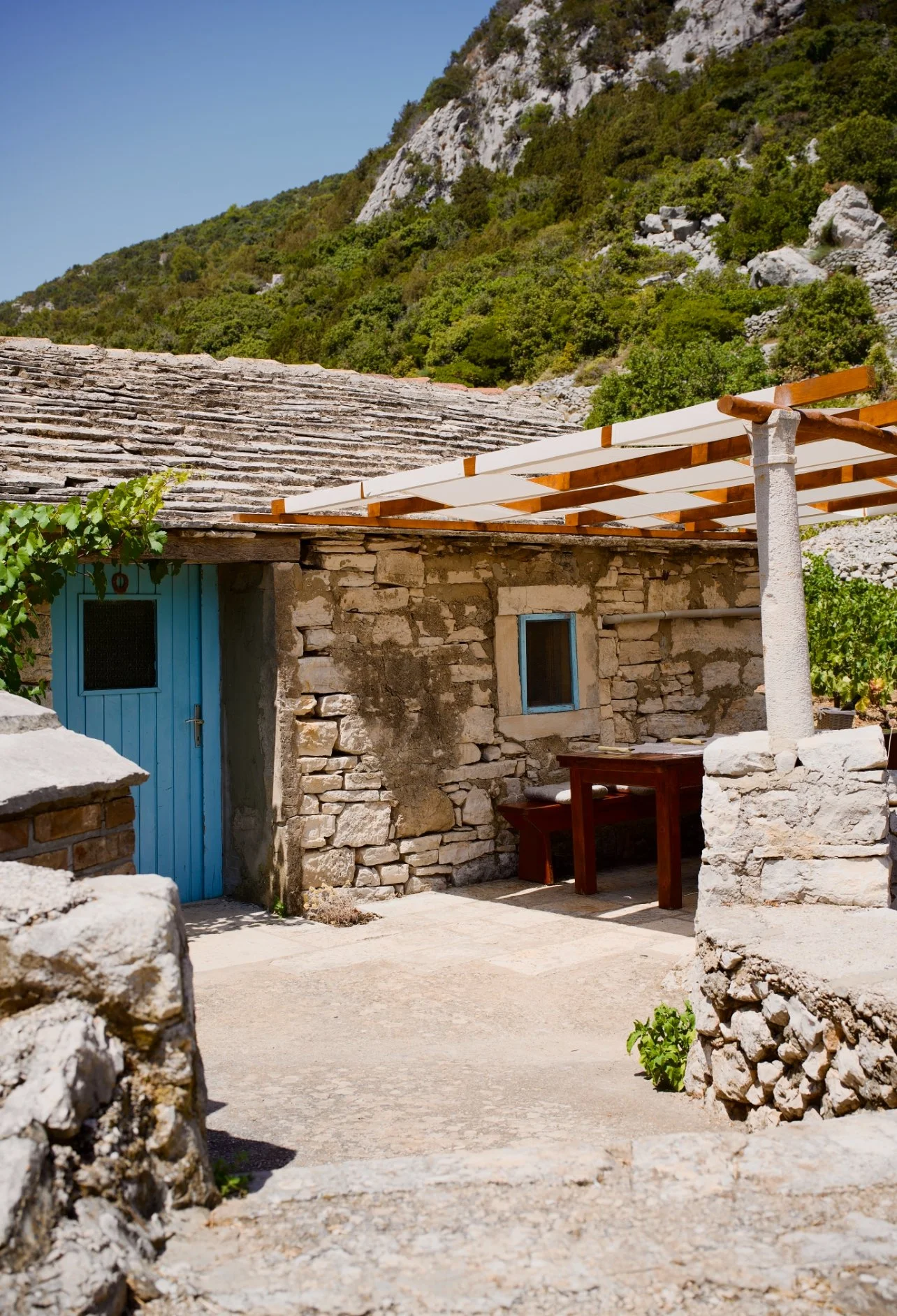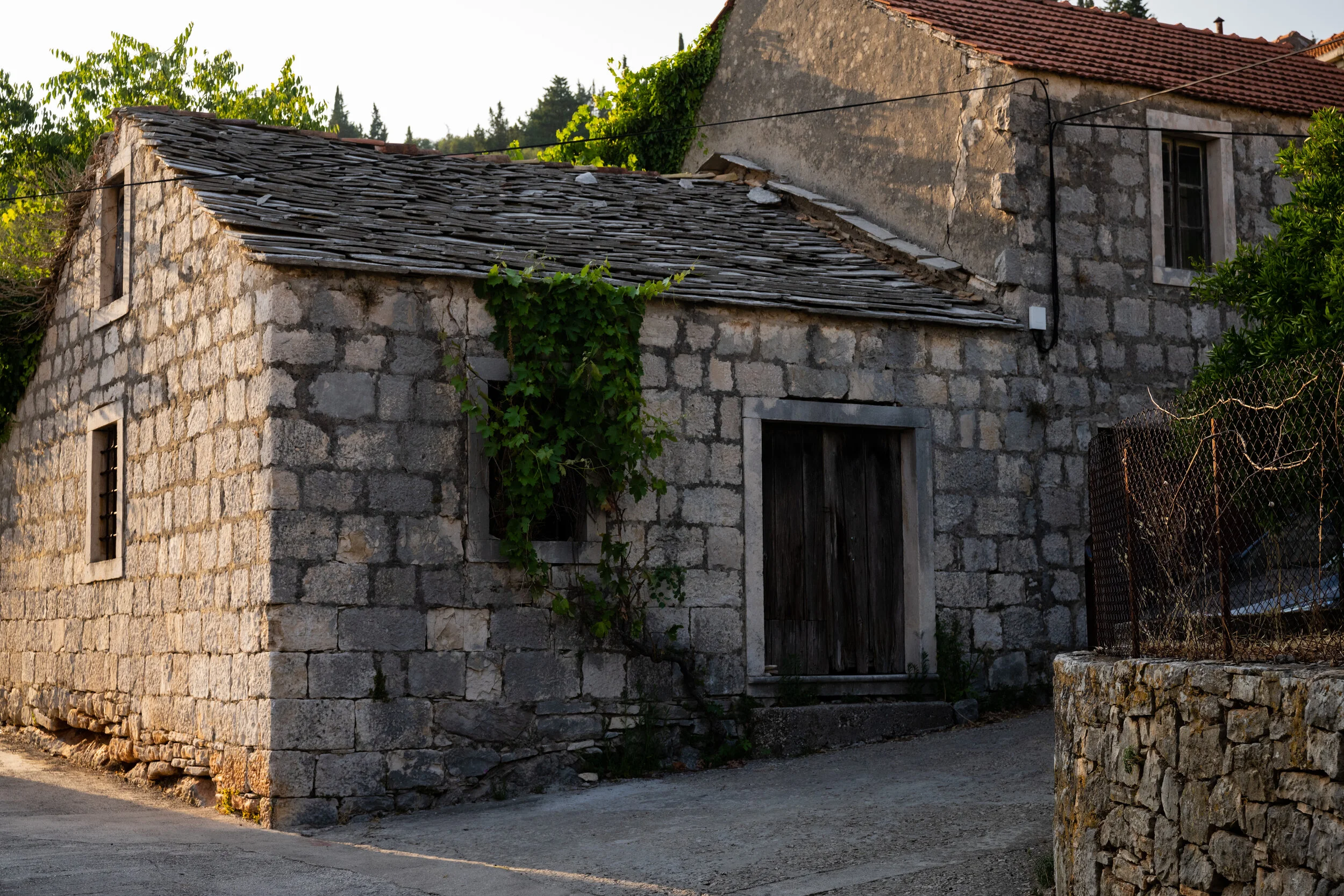Episode 111
Dobar dan!
In today's lesson, we get to learn some new vocabulary that might put you to sleep. In this lesson, Uncle Mike and Tony D go over vocabulary for some common bed time items.
Lesson - Bed
Bed - krevet / postelja
Pillow - jastuk /kušin
Bed sheets - plahte / lancun
Blanket - pokrivač /deka
Pajamas - pidžama
To sleep - spavati
A dream - san
To dream - sanjati
Super Slatko Report
In this Super Slatko Report DJ MOE will be talking all about a few bugs, the kind that one would encounter when visiting Croatia. A few crowd favorites and maybe a few new ones for you.
As you probably know by now Croatia has more that a few diverse ecosystems and picturesque landscapes. Because of this, Croatia is home to a wide variety of bugs and insects.
One of the most common insects found in Croatia is the European honeybee (Apis mellifera), who we just talked about in Episode 103, where we learned that European Honey Bee plays a crucial role in pollinating the country's rich flora. These bees are vital for the local agriculture, ensuring the pollination of crops and the production of honey.
Another common bug in Croatia is the ladybug (Coccinellidae), known for its bright colors and significant role in controlling aphid populations, making them beneficial for gardeners and farmers alike. The Lady Bug is part of the beetle family, in temperate climates, like where you grow agriculture, ie: Crops for food; ladybugs make up 68% of the insect population. Outside of temperate climates, they only make up 20% of the insect population.
In the coastal regions of Croatia, especially around the Adriatic Sea, you’re going to see a variety of colorful butterflies. The Southern Festoon (Zerynthia polyxena) is a striking butterfly species characterized by its black and yellow wings, often seen fluttering around the coastal meadows. Then there’s Tony D’s favorite, the Scarce Swallowtail (iphiclides podalirius), a stunning Yellow and Black tiger striped butterfly which can be found all over Croatia. These guys are everywhere, form flowering vegetation of meadows brushes and trees to wild elevations to a backyard garden. They also have a very cool flight characteristic where they glide more than flapping their wings, worth a google for sure. Tony noted that they love to get down on lavender, so they probably smell great too! But those aren’t the only large winged insect you’ll see flying around, Croatia is also home to several species of dragonflies, such as the Blue Emperor (Anax imperator) and the Beautiful Demoiselle (Calopteryx virgo), which can be found near freshwater sources like rivers and lakes, adding to the country's insect diversity. We’ve also seen dragonflies by the beaches as well, especially in the Banja where the water is most still. My kids and I have followed these guys around the waters edge and marveled as they hovered in place just above the calm glassy water in the late afternoons.
Lets get over to the forests. In the wooded areas of Croatia, you can find all types of beetles, including the stag beetle (Lucanus cervus), known for its impressive mandibles (pincers like on an ant) and their large stature. These beetles can get as big as a hot wheel toy car with long cerated arching horns, like an actual Stag, hence its name. Although these guys are harmless to humans and pets, they look pretty formidable and are only violent towards each other during mating season when males compete. These beetles are an essential part of the forest ecosystem, contributing to the decomposition of dead wood.
Along with the Stag Beetle in the forest you’ll find various species of ants, with the European wood ant (Formica rufa) being notable for its well-organized colonies and their ability to modify the forest floor, influencing the growth of plants and fungi. Uncle Mikes favorite bug is actually an extinct Ant known as Dolichoderus Heeri, I know pretty specific right? This little guys fossils were found in 2014 in Radoboj Croatia. These fossils date back to the Miocene period which ranges anywhere from 5.3 - 23 million years ago. So crazy!
While bugs in Croatia are often viewed as pests, they play a key part in Croatias many diverse ecosystems. Learning about these insects provides valuable insights into the health and balance of Croatia's natural habitats. This is why emphasizing an appreciation for the importance of their conservation for future generations to enjoy is so important.
And that’s it for the Super Slatko Report.






